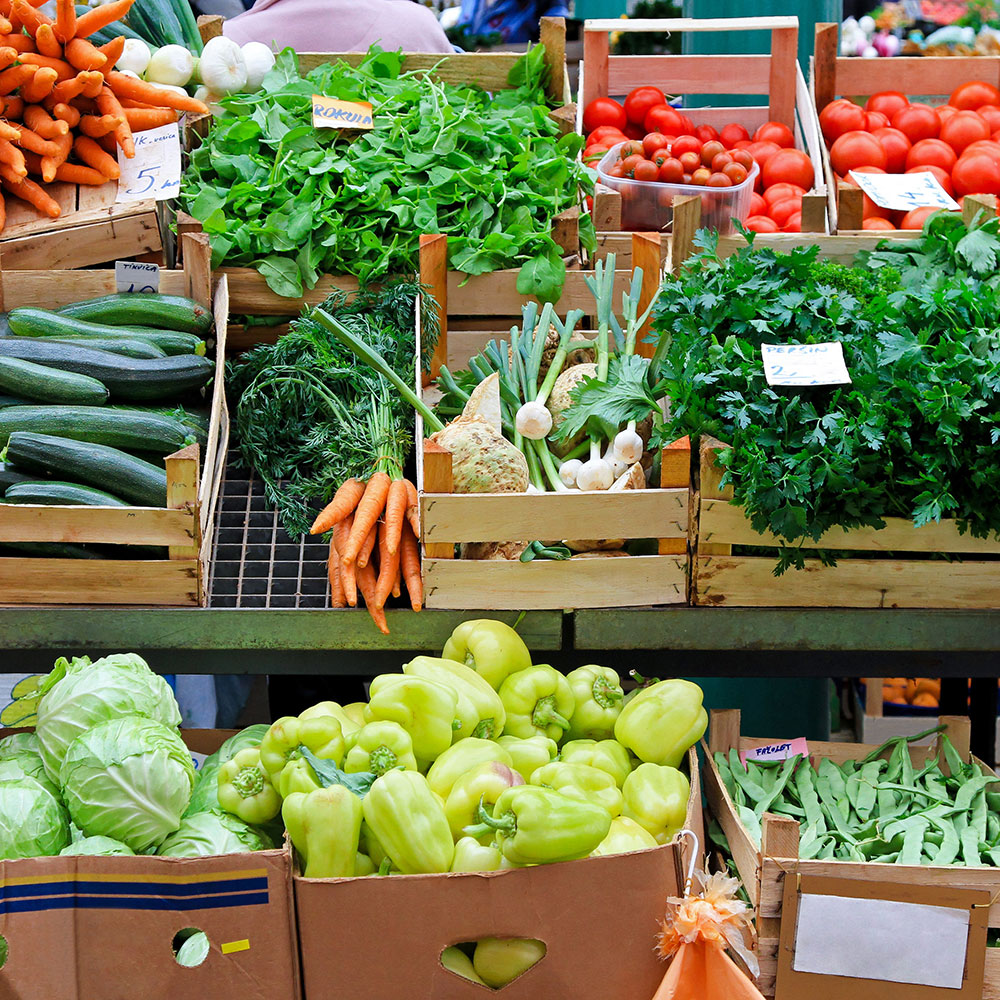Food-focused nonprofits play a crucial role in mitigating climate change, but they often encounter specific challenges when trying to communicate their impact to climate-focused donors.
Here are some of these challenges and how the Climate Messaging Mastery course is designed to address them:
Challenges:
Lack of Awareness and Confidence
Many food-focused nonprofits are not fully aware of the significant climate impact of their work, or they lack the confidence to communicate it effectively. They may not realize how their efforts in food recovery, sustainable agriculture, or food waste reduction directly contribute to mitigating climate change.
Complexity of Climate Science
The relationship between food systems and climate change involves complex scientific principles. Translating this complexity into clear, compelling messages that resonate with donors can be a daunting task. But the good news is, you don’t need to become a climate scientist to tell the story, you simply need to know that the tools are there.
Competition with High-Profile Solutions
Climate-focused donors are often drawn to high-profile solutions such as renewable energy and green transportation. Food-focused nonprofits must compete for attention and funding in a landscape where more novel or technologically driven solutions are often prioritized.
Fragmented Messaging
Nonprofits may have numerous impactful stories and serve the public good, but struggle to create a cohesive narrative that aligns with the priorities and language of not just climate-focused donors specifically, but to potential donors generally. This is a profound flaw of the philanthropy and nonprofit sectors. For any of us who have worked in the sector, we know how precarious the funding landscape is. There is the constant challenge of making the tough decision to invest in staff, programs, and activities that help the organization fulfill their mission OR fundraise to keep their lights on. Unsurprisingly, this fragmentation can dilute their message and reduce its effectiveness. This reality can also dissuade organizations from investing in messaging that goes beyond their historical focus (food access, nutrition, food rescue, etc.) to help make the connections to other impact areas (climate change, biodiversity, etc.). Yet, making these connections is crucial for unlocking new pools of funding.
Connecting Impact to Climate Goals
Demonstrating how specific food-focused initiatives contribute to broader climate goals, such as reducing greenhouse gas emissions or achieving temperature targets, can be challenging. Donors want to see clear, measurable impacts that align with their climate objectives.
How The Climate Messaging Mastery Course Will Address These Challenges:
Building Awareness and Confidence
The course will start by educating participants on the intersection of food systems and climate change, helping them understand the full impact of their work. In addition, participants will gain a better understanding of the philanthropy landscape by learning about the current trends and interests of donors. This foundational knowledge will boost their confidence in communicating their climate relevance.
Simplifying Climate Science
Participants will learn how to distill complex climate science into simple, relatable messages. The course will provide practical tips and frameworks for explaining the climate impact of food-focused initiatives in a way that is both accurate and accessible.
Crafting Compelling Narratives
Through interactive sessions with Eva and other participants, and personalized feedback, the course will help participants craft compelling narratives that highlight the unique climate benefits of their work. They will learn how to position their initiatives as vital components of the climate solution landscape.
Developing Cohesive Messaging
The course will guide participants in creating cohesive, strategic messaging that aligns with the priorities and language of climate-focused donors. This includes developing a clear, unified narrative that ties together their various impact stories into a powerful, persuasive argument.
Demonstrating Measurable Impact
Participants will learn how to connect their initiatives to broader climate goals, using climate data and their existing metrics to demonstrate the measurable impacts they have. The course will cover how to present this information in a way that resonates with donors’ desires for tangible, evidence-based results. Ultimately, the skills and tools learned in this course will support nonprofit organizations as they help donors see the urgency and effectiveness of their work as a climate solution.
The challenges that food-focused nonprofits face are very real, but they are also solvable. This course was designed to empower them in a way that will help them break through the barriers so that they can scale their impact.
If any of these challenges resonate with you or your organization, we invite you to join our Fall Cohort beginning on September 4! Enroll now to save your spot!
We can’t wait to welcome you to the course!

